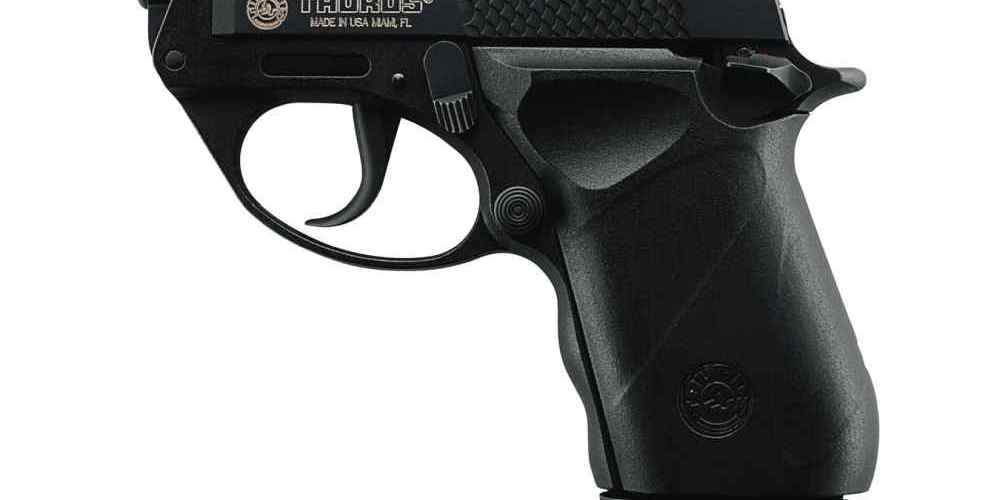How Extreme Temperatures Affect Handgun Ammo Performance
Handgun ammunition is a crucial component of firearm performance, and its effectiveness can be greatly impacted by extreme temperatures. Whether it’s blazing hot or freezing cold, the temperature can affect the ballistic properties of the ammunition, leading to potential issues with accuracy, velocity, and reliability. In this article, we will explore how extreme temperatures can impact handgun ammo performance and what shooters can do to mitigate these effects.
The Impact of Heat on Handgun Ammo
Extreme heat can have a significant impact on handgun ammunition performance. When exposed to high temperatures, the gunpowder inside the cartridge can become more volatile, leading to increased pressure upon firing. This can result in higher muzzle velocities and increased recoil, which may affect accuracy and control.
- Higher temperatures can also cause the brass casing to expand, potentially leading to issues with extraction and ejection.
- In some cases, excessive heat can even cause the gunpowder to deteriorate, affecting its burn rate and overall performance.
The Effects of Cold Temperatures on Handgun Ammo
Cold temperatures can also have a detrimental effect on handgun ammunition performance. When exposed to freezing temperatures, the gunpowder inside the cartridge may become less reactive, resulting in reduced muzzle velocity and energy.
- Cold weather can cause lubricants and oils to thicken, potentially affecting the functionality of moving parts within the firearm.
- The cold can also cause metal components to contract, which may lead to issues with feeding and chambering rounds.
Case Studies and Examples
Several studies have been conducted to assess the impact of extreme temperatures on handgun ammo performance. For example, a study by the National Institute of Justice found that ammunition stored at high temperatures experienced a decrease in muzzle velocity and accuracy compared to cartridges stored at room temperature.
In another case study conducted by firearms manufacturer Glock, it was observed that handguns exposed to extreme cold temperatures experienced malfunctions due to reduced lubricity of oils and greases used in the firearm.
Mitigating the Effects of Extreme Temperatures
Shooters can take several steps to mitigate the effects of extreme temperatures on handgun ammo performance:
- Store ammunition in a cool, dry place away from direct sunlight and heat sources.
- Regularly inspect ammunition for signs of corrosion or damage caused by temperature fluctuations.
- Use high-quality lubricants that are designed for use in extreme temperatures.
- Consider using ammunition specifically designed for use in hot or cold environments.
Summary
In conclusion, extreme temperatures can have a significant impact on handgun ammo performance. Whether it’s heat or cold, shooters need to be aware of how these environmental factors can affect their ammunition and take appropriate measures to mitigate any potential issues. By storing ammunition properly, using high-quality lubricants, and selecting ammo designed for extreme conditions, shooters can ensure optimal performance regardless of the temperature. Remember that being prepared for any situation is key when it comes to shooting sports or self-defense scenarios where reliability is paramount.





